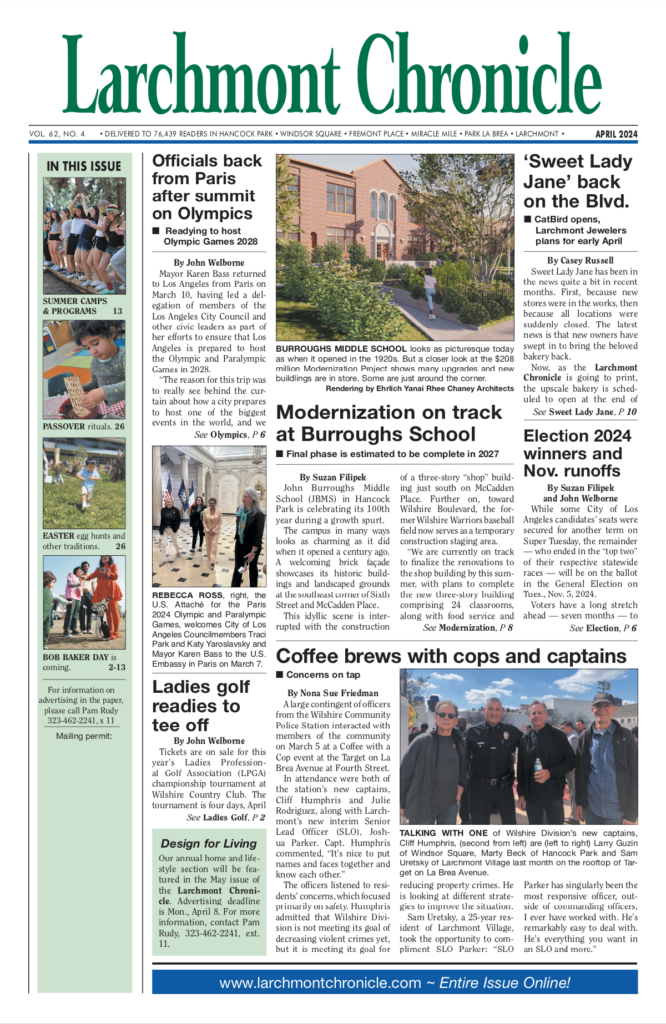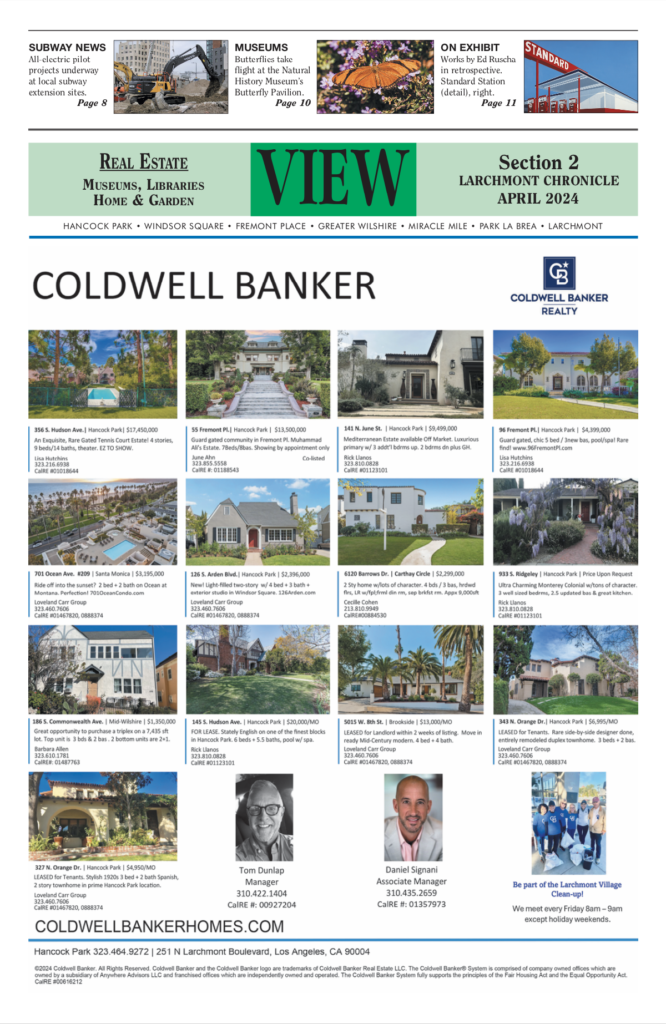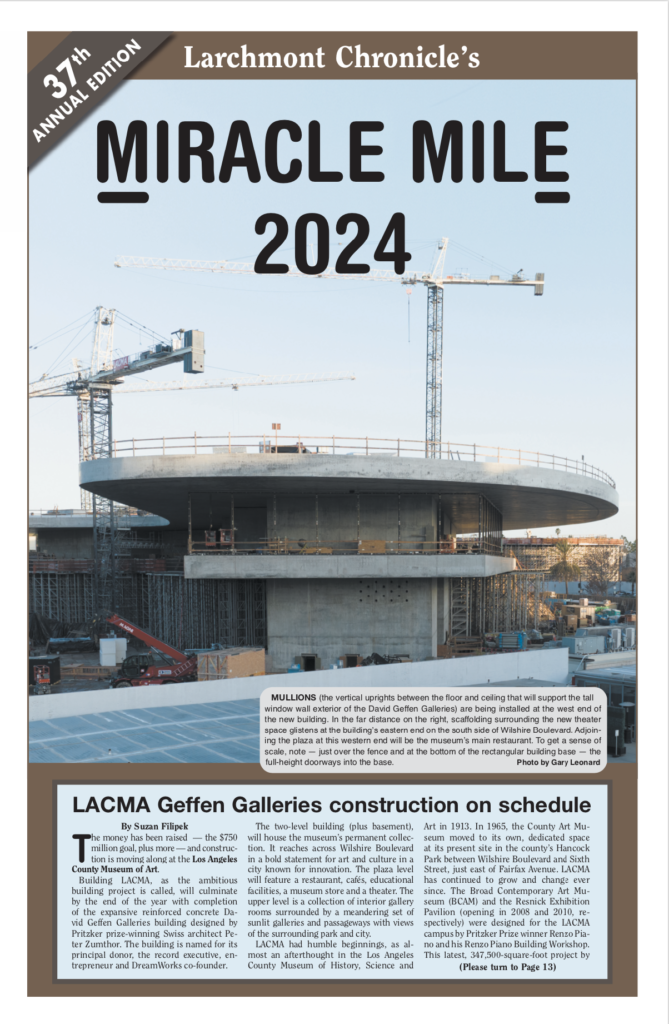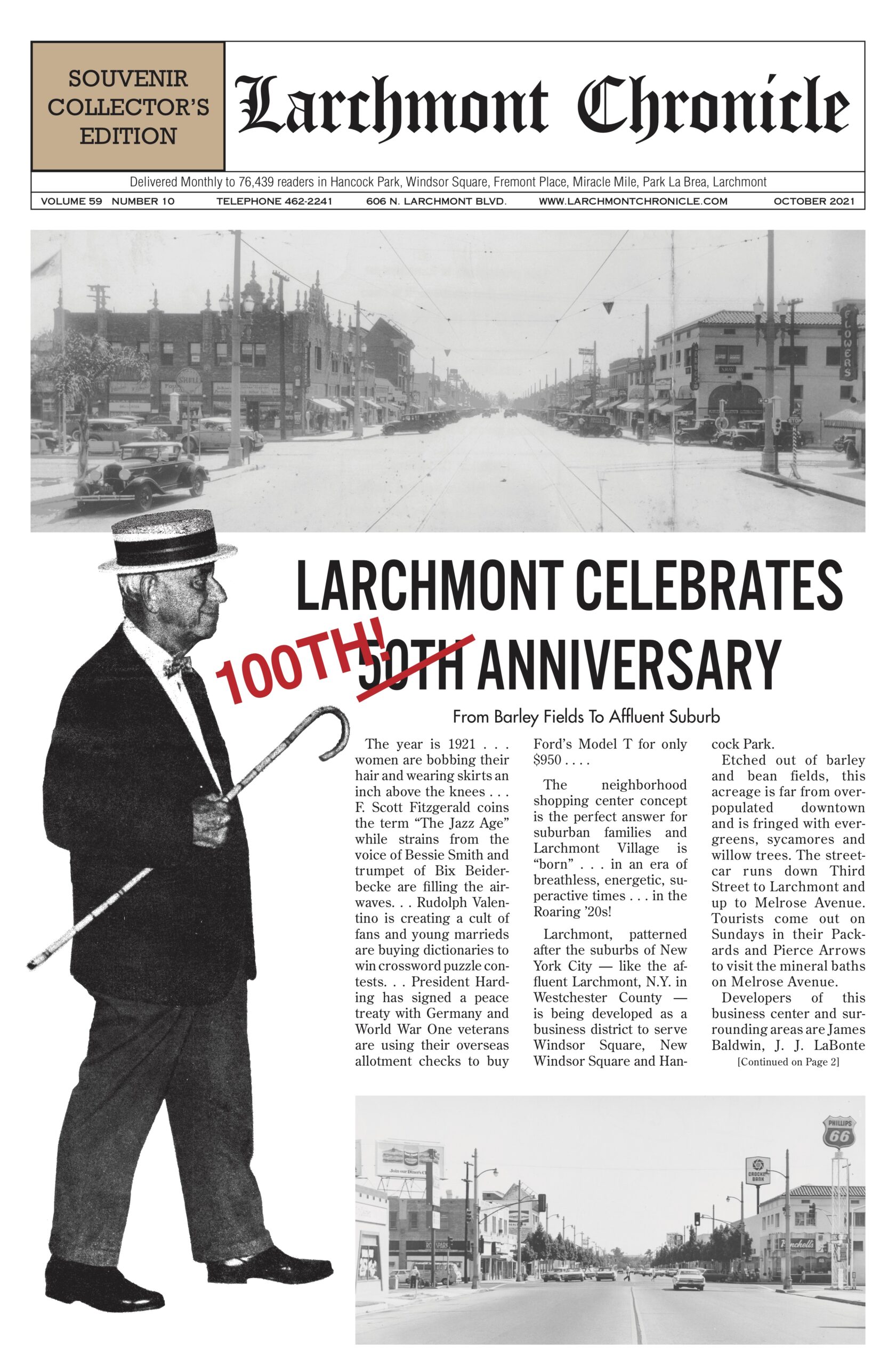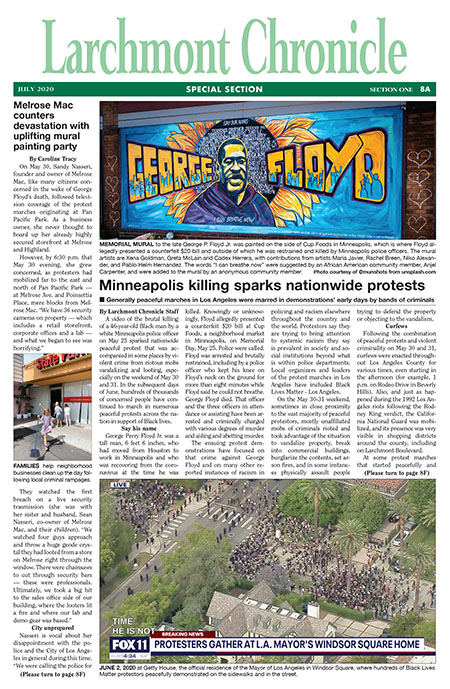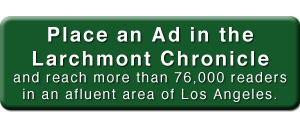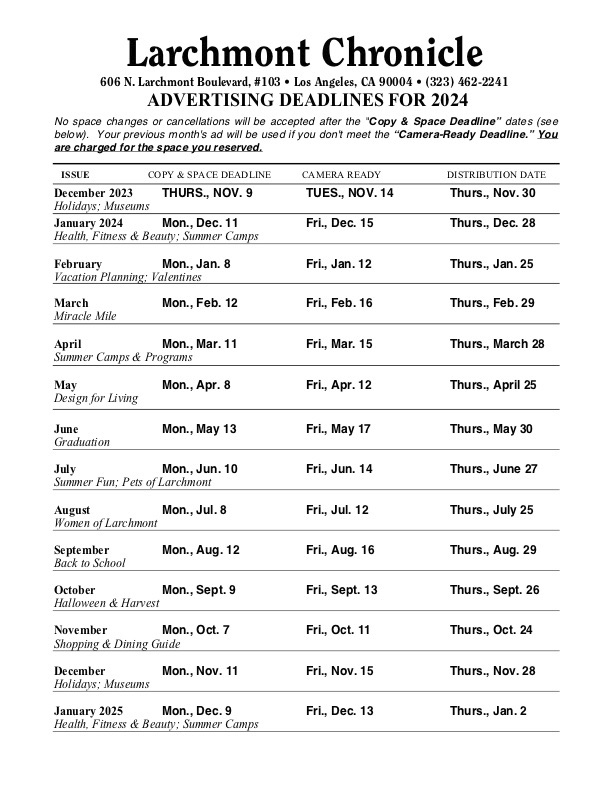1921: In praise of photographer Margrethe Mather (and Edward Weston)
 Edward Weston’s name is one we remember now. In 1921, though, when Larchmont Boulevard was aborning, Edward Weston and Margrethe Mather were tucked away in Weston’s simple (but successful) wooden portrait studio in Glendale.
Edward Weston’s name is one we remember now. In 1921, though, when Larchmont Boulevard was aborning, Edward Weston and Margrethe Mather were tucked away in Weston’s simple (but successful) wooden portrait studio in Glendale.
The two photographers had been collaborators since 1913, and would be until 1923. The images they were making together in 1921 and the following year taught the world to see anew.
But Mather is remembered by few except students of the history of photography. Yet she was Weston’s collaborator and teacher, and was, in Weston’s own words spoken decades later, “the first important person in my life.”
Mather and Weston were very much aware of the fruiting tree of American modernism at the end of the First World War. Softness and impressionistic images in the visual arts were as old-fashioned as long skirts. The ideas born of Cubism, Dada, technology, the distillation of form and the beauty of the quotidian were part of the new modernist conversation. How were they to find their own photographic vocabularies?
Weston was born in 1886. He came of age early in the pictorialist photographic movement, which thrived in the U.S. and England between 1889 and the start of World War I. These soft-focus, atmospheric images were impressionistic, seemingly not connected to the real world.
Weston later became best known for his modernist aesthetic: elegant, simple, fiercely intimate, sensual images, with shadow and light beautifully in balance. That aesthetic was formed in a significant way by the synergy — and love — between Mather and Weston. It is essential to understand that Mather was the vanguard in the creative relationship. Her work caused Weston to re-evaluate his own.
Mather and Weston were not working in a creative vacuum. They were a part of a “bohemian” group of artists of all mediums, including Charlie Chaplin, the leftist writer Max Eastman, the poet Moon Kwan (whom Mather photographed in such a startling and elegant way that Weston ran to keep pace), among others.
In 1921, and for a brief period of time thereafter, Weston and Mather jointly signed photographs, the only time in Weston’s long career that he shared attribution with anyone else. (He died in 1958.)
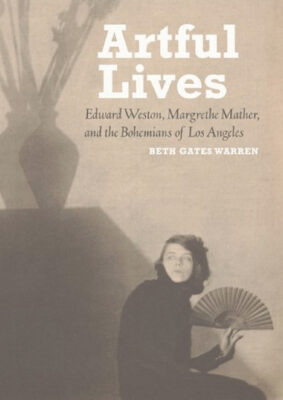
COLLABORATORS and one-time lovers, Margrethe Mather and Edward Weston’s story is told in the book, “Artful Lives.”
When Carl Sandburg visited Los Angeles in early 1921, he read his poetry to the Friday Morning Club. Before he left Los Angeles, he traveled to Glendale for a portrait sitting with Mather and Weston. Instead, they took him to a bridge over the L.A. River. The resulting photograph is a masterpiece of light and shadow and architectural sweep, as Sandberg leans on the wooden bridge and casually looks over the river.
Weston’s departure for Mexico in 1923 with his new love and protégé, Tina Modotti, was the conclusion of Mather and Weston’s relationship. He left behind a 10-year collaboration and an “unresolved love affair, even as she struggled to relegate their languid Los Angeles days, spent together or with their bohemian friends, to the province of the past,” according to their joint biographer Beth Gates Warren.
Weston’s career subsequently soared to the heights of international fame, where his reputation remains. He nurtured other loves to establish photographic careers and to aid his — not only Modotti, but also Sonya Noskowiak.
But Mather, his mentor, was mostly erased from his legacy. “The Daybooks of Edward Weston” (first published in 1961) opens in 1923, in Mexico. He destroyed his earlier diaries, a record of his Glendale days with Mather. But the dozen or more beautiful and significant photographs they left behind endure, “irrefutable evidence,” writes Warren, “of the creative spirit and formidable talent they shared in a time and place unlike any other.” That was Los Angeles, 1921.
By Paula Panich
Category: Entertainment

